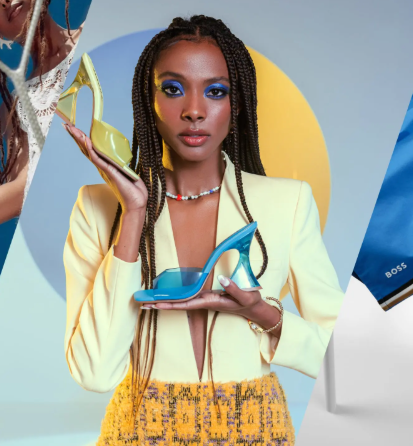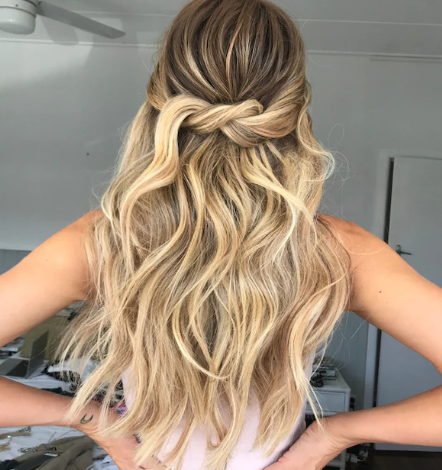How to Build a Fashion and Lifestyle Website

Decide on the Type of Website You Need
Before diving into website creation, it’s essential to determine the type of site that best suits your goals. Different fashion and lifestyle businesses require different approaches. Here are a few options to consider:
- E-Commerce Website – If you’re selling the latest fashion trends, an e-commerce site is the way to go. This platform allows you to turn your products into profit, like All Birds, which features sleek animations and videos that complement its simple branding and fluid design.
- Blog Website – Share your fashion insights with the world through a blog. Chiara Ferragni of The Blonde Salad uses her blog not only to give advice but also to sell fashion and beauty items directly on the site.
- Online Communities – If you enjoy discussing style and fashion, consider creating an online community. Lookbook, for example, lets users upload photos of their outfits and vote on others’ fashion choices, fostering an interactive environment.
- Coupon Site – If you love a good deal, you might want to create a coupon site. Retail Me Not, for instance, helps consumers find discounts on popular brands like Macy’s and Victoria’s Secret, making shopping more affordable.
Optimize for Mobile Devices
Regardless of your website’s type, it’s essential to make it mobile-friendly. Here’s why mobile optimization is a must:
- Ubiquity of Mobile – Nearly everyone uses a mobile device, so ensuring your site is accessible on smartphones is crucial.
- Google’s Mobile Prioritization – Google favors mobile-friendly websites in search rankings, so optimizing your site improves visibility.
- Building Credibility – A website that isn’t optimized for mobile can appear outdated and damage your brand’s reputation.
- User Experience – With the right design, your site can look just as stunning on mobile devices as on desktops.
- Stay Relevant – Fashion is fast-paced, and so is your business. Mobile optimization keeps you on trend and easily accessible to your audience.
Define the Look and Feel of Your Site
As a fashion-forward individual, you probably already have a vision for your website’s style. Work with a web designer to bring that vision to life. Focus on maintaining a consistent theme across all pages and use high-quality, clear images to showcase your content. Here are some design trends to keep in mind for this year:
- Drop shadows and depth
- Smooth animations
- Particle backgrounds
- Dynamic gradients
- Custom illustrations
- Bold typography
Create a Website Design Brief
Now that you’ve settled on the type and look of your website, it’s time to create a design brief. Here’s what to include:
- Budget – Be realistic about your financial limits. Ensure your budget aligns with your business goals and provides a clear understanding of where your money is going.
- Customer Needs – What do your customers want from your website? Have they provided feedback or made suggestions? Gathering input from your audience can help guide your design.
- Staff Requirements – Consider your team’s needs. Do they require specific features for storing customer information or content management? Your staff knows the inner workings of your business and can offer valuable insights.
The Importance of a Content Management System (CMS)
A Content Management System (CMS) is essential for managing your website’s content, including social media, emails, and blogs. It streamlines the content creation process, acting as both a writing tool and a media hub. With a CMS, you can quickly and efficiently create, edit, and distribute content across platforms.
Finding the Right Web Design Agency
Choosing the right web design agency is key to creating a successful website. Start by reviewing their portfolio. This will give you an idea of their design style and the types of clients they typically work with. Consider the size of the agency as well—smaller agencies tend to offer a more personalized experience, while larger agencies may have years of proven success and resources.
Make Sure They Understand Your Business
Before committing to a design agency, ask yourself: Do they truly understand my business? A good agency will ask the right questions, provide thoughtful answers, and listen carefully to your ideas. This ensures they’re equipped to design a website that reflects your brand’s unique identity.
Request a Project Proposal
Once you’ve narrowed down your list of potential agencies, request a project proposal. This will give you insight into how well they understand your needs and how organized their process is. The proposal should include a detailed breakdown of the services offered, costs, timelines, and future support options.





